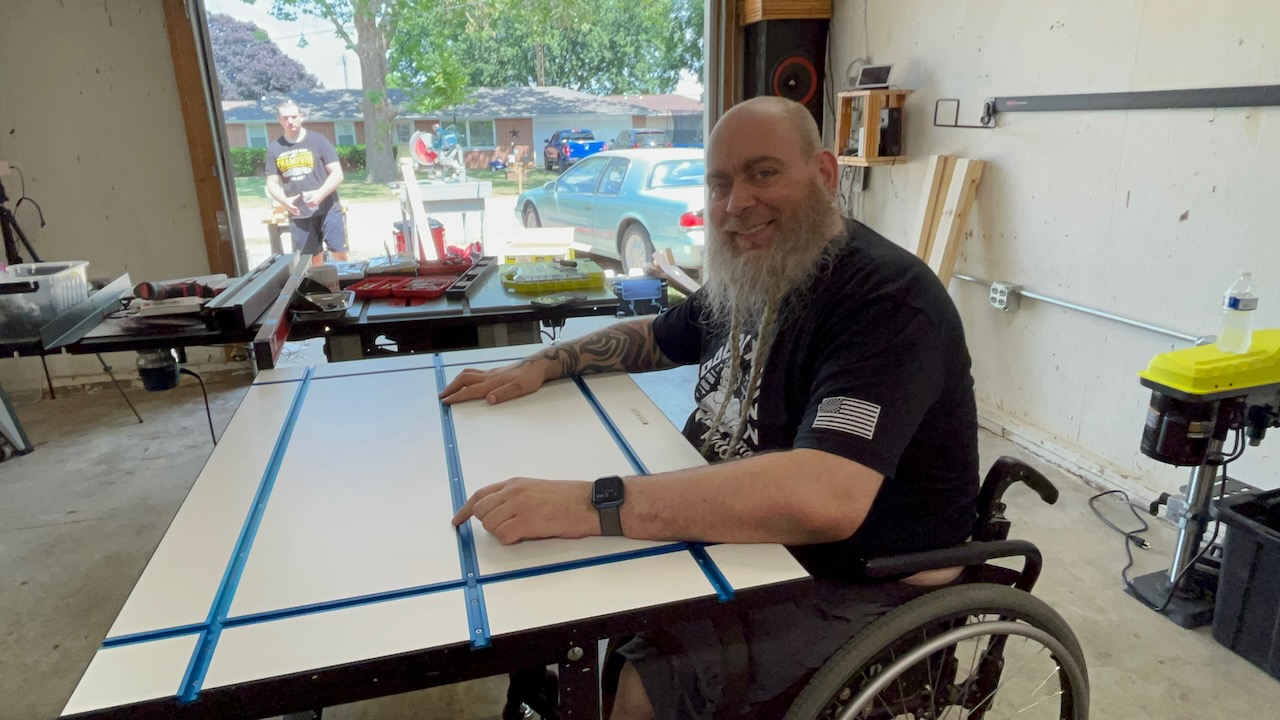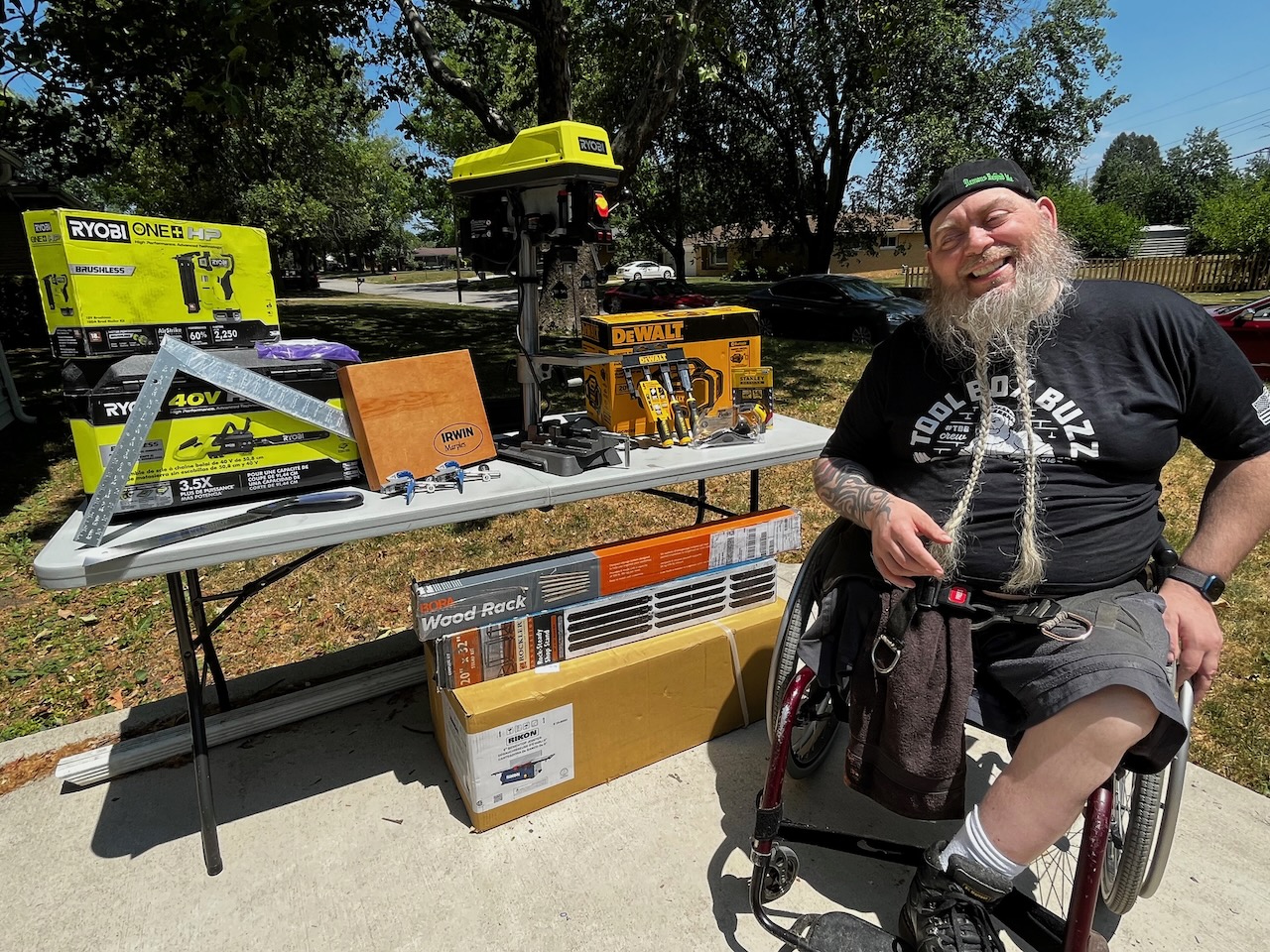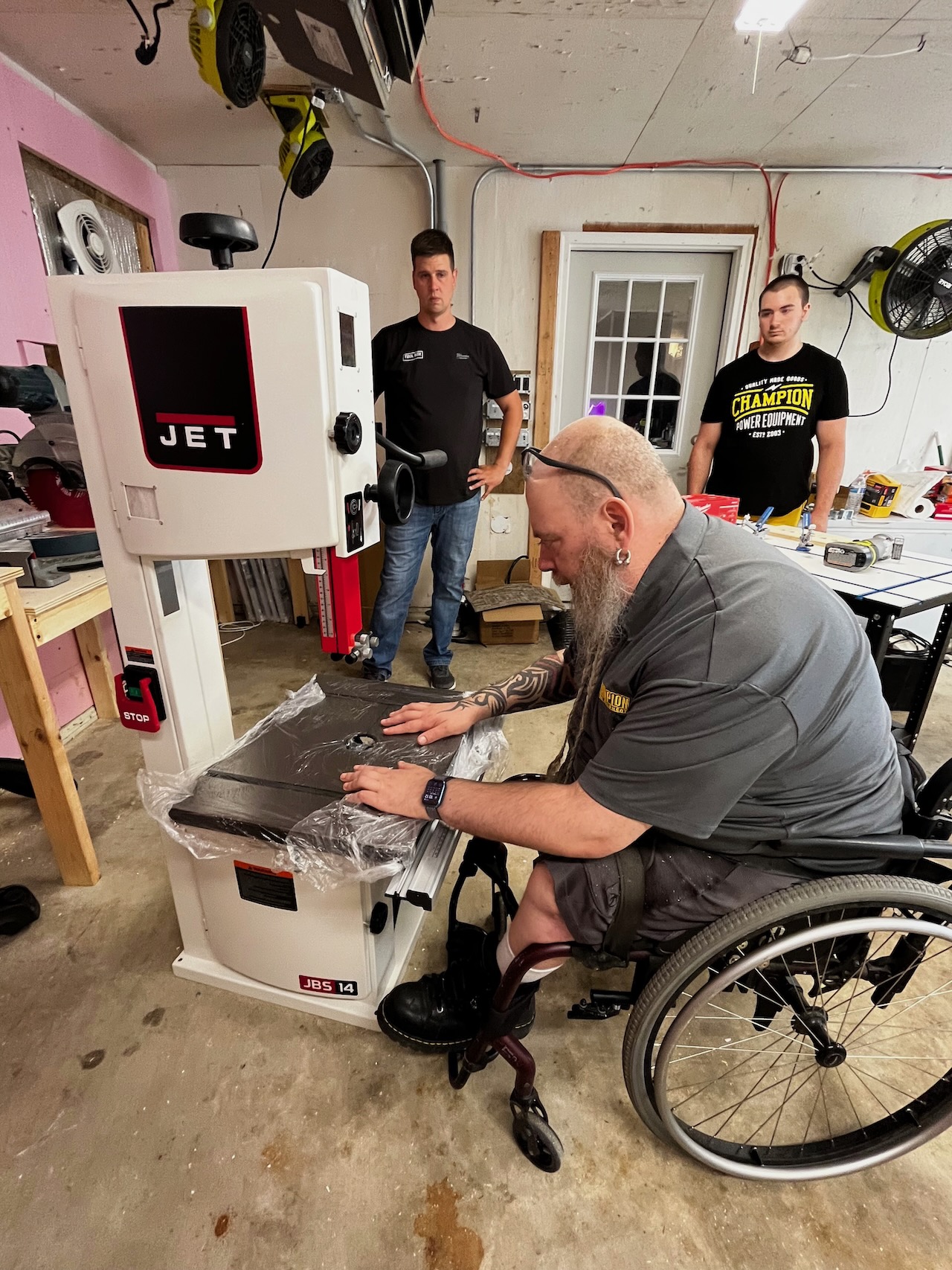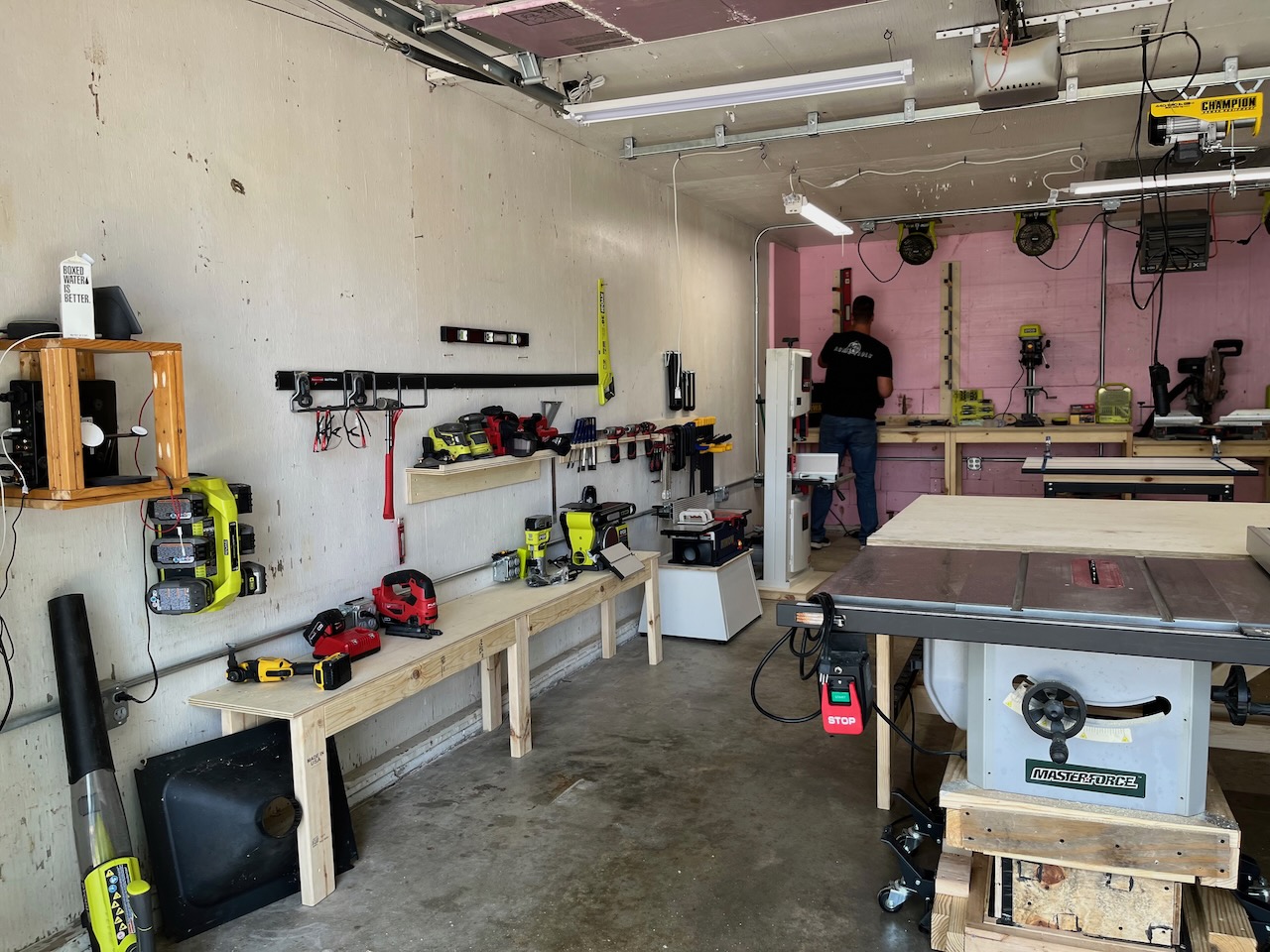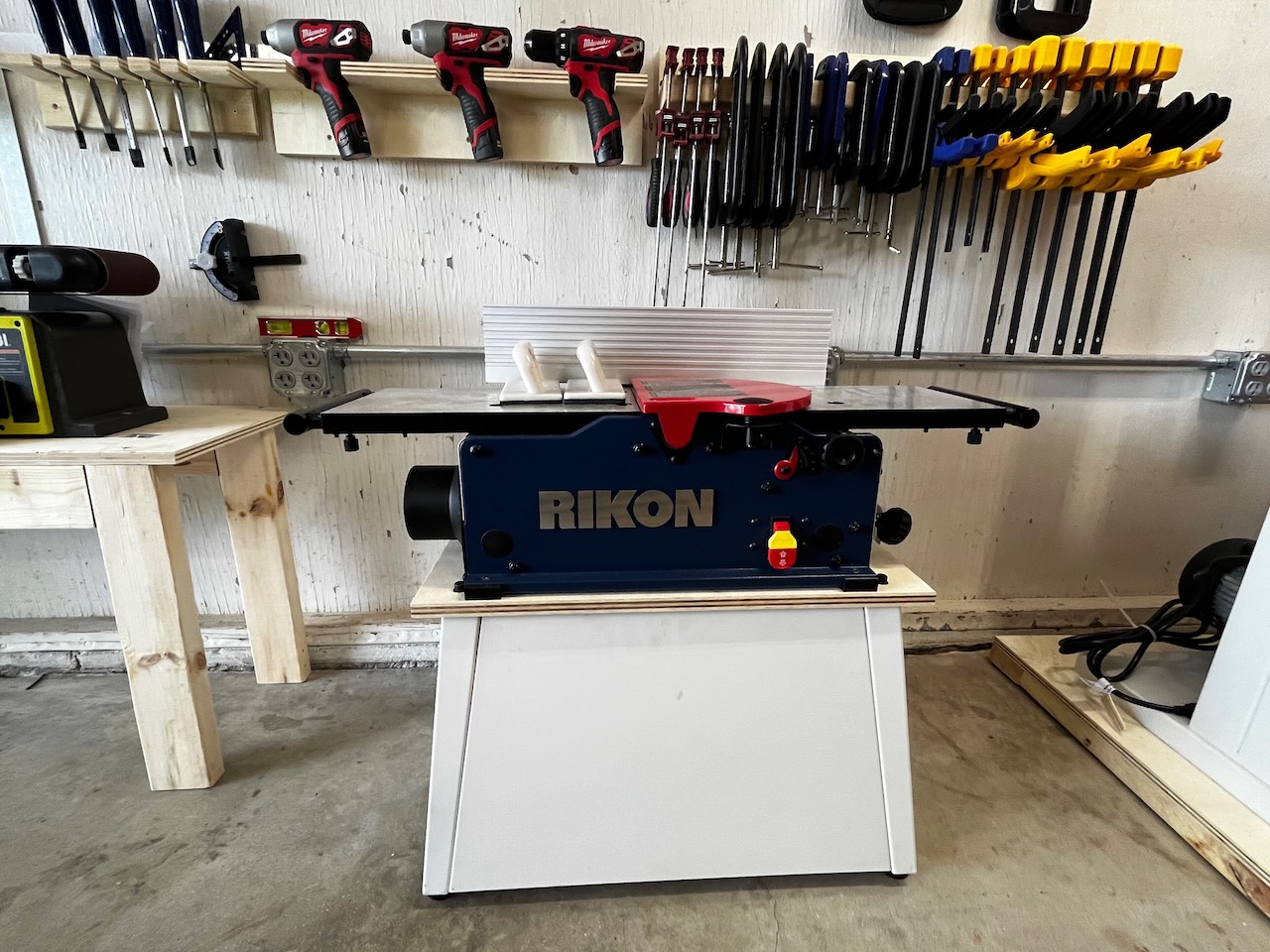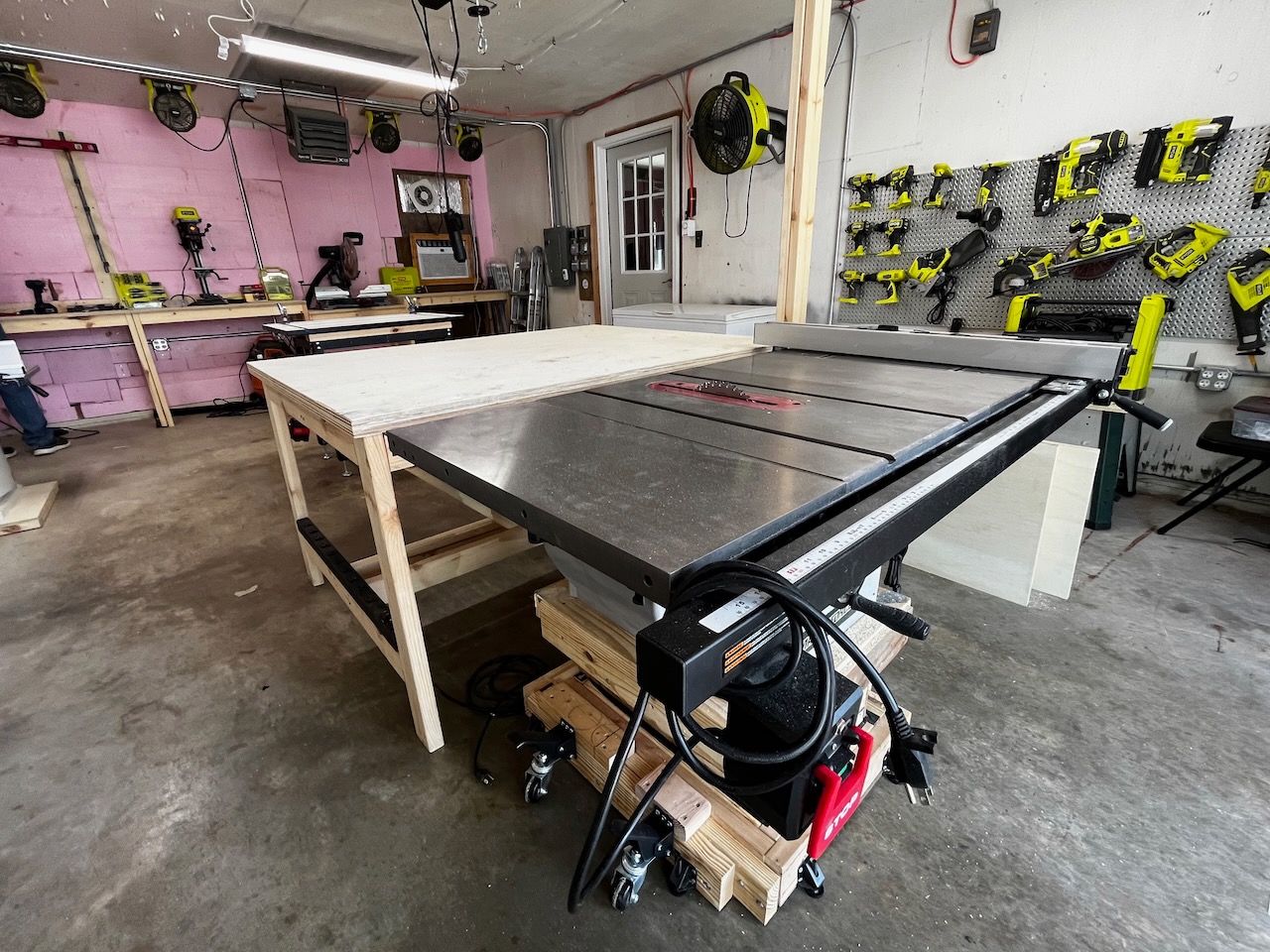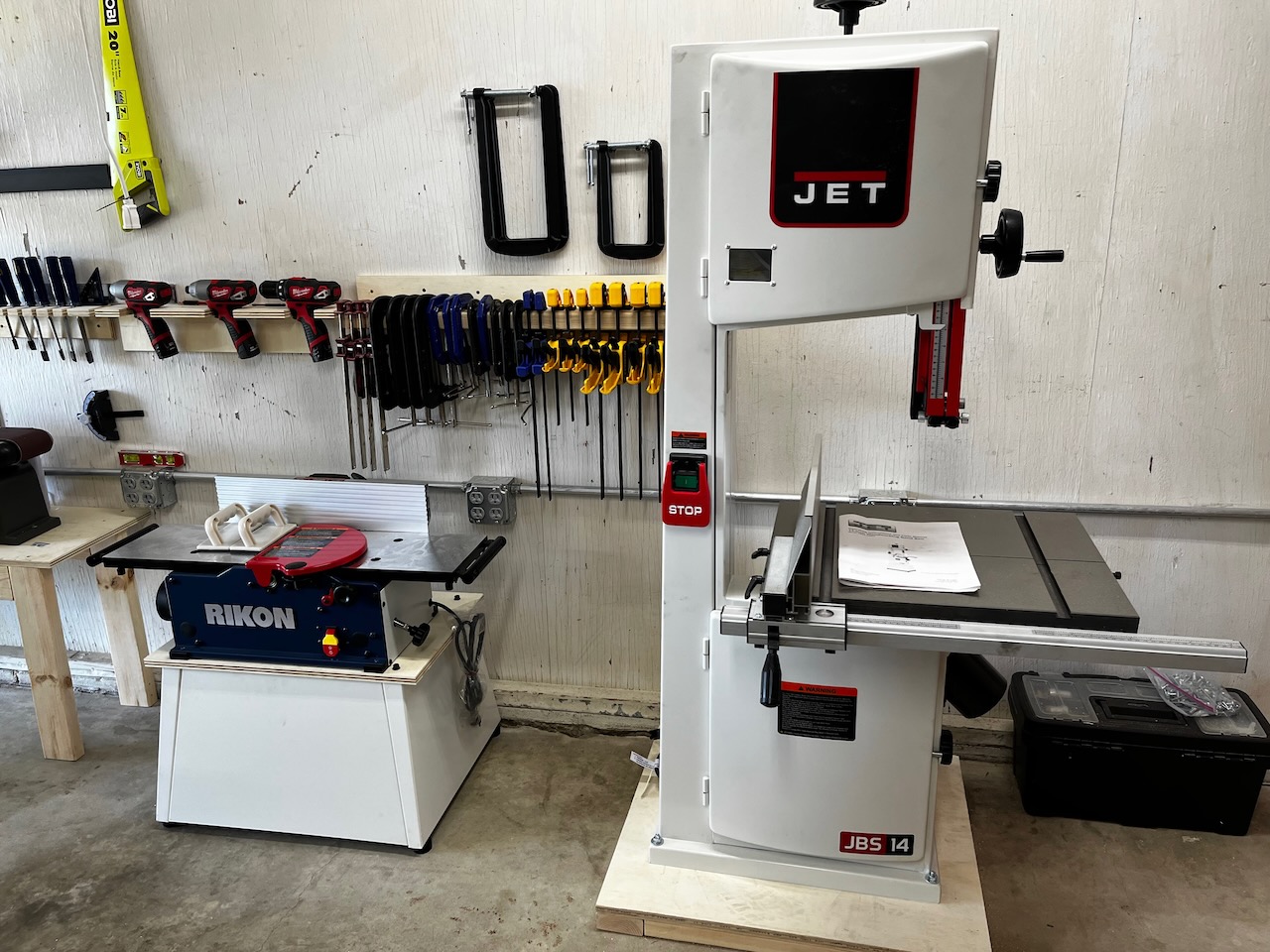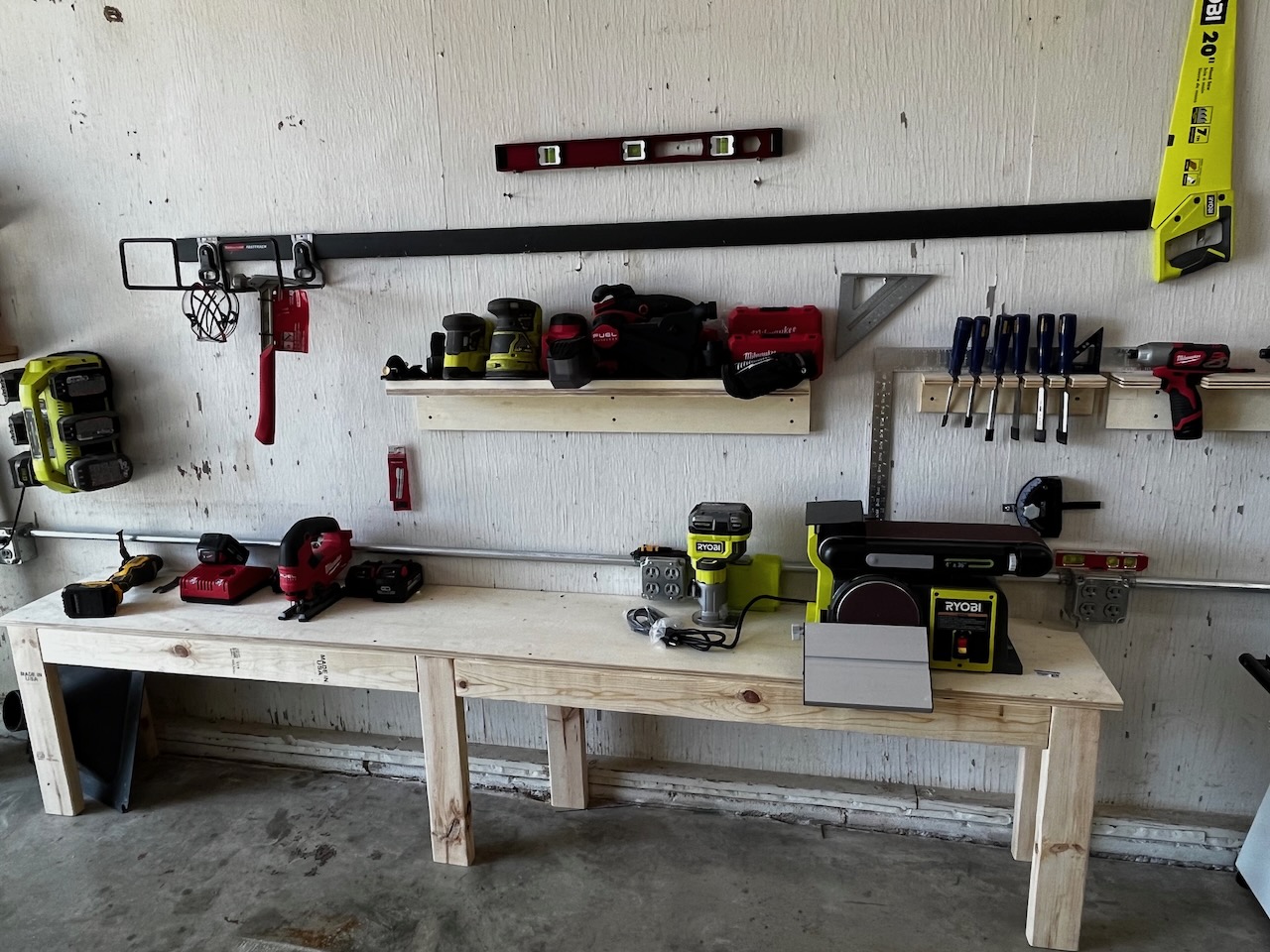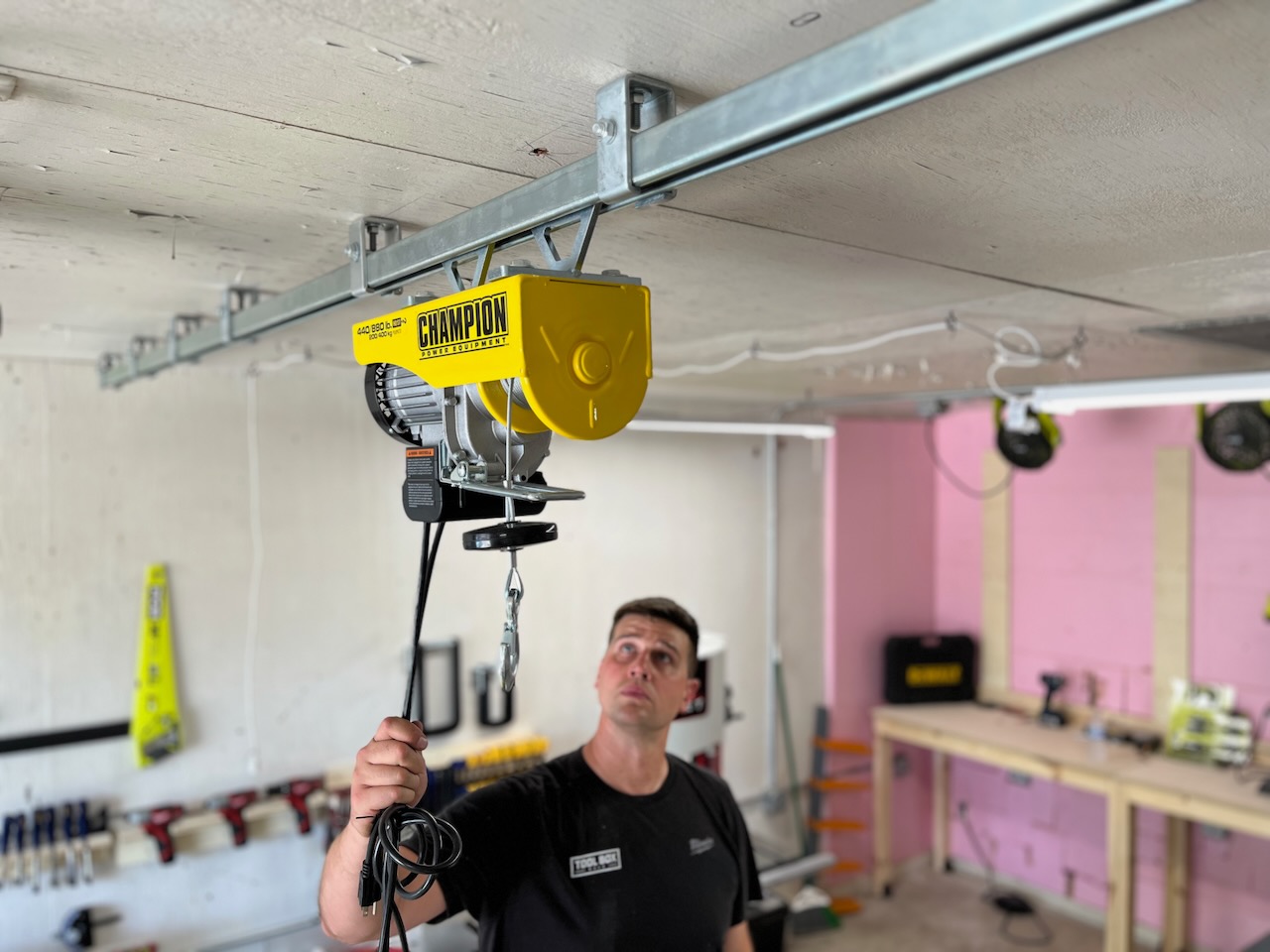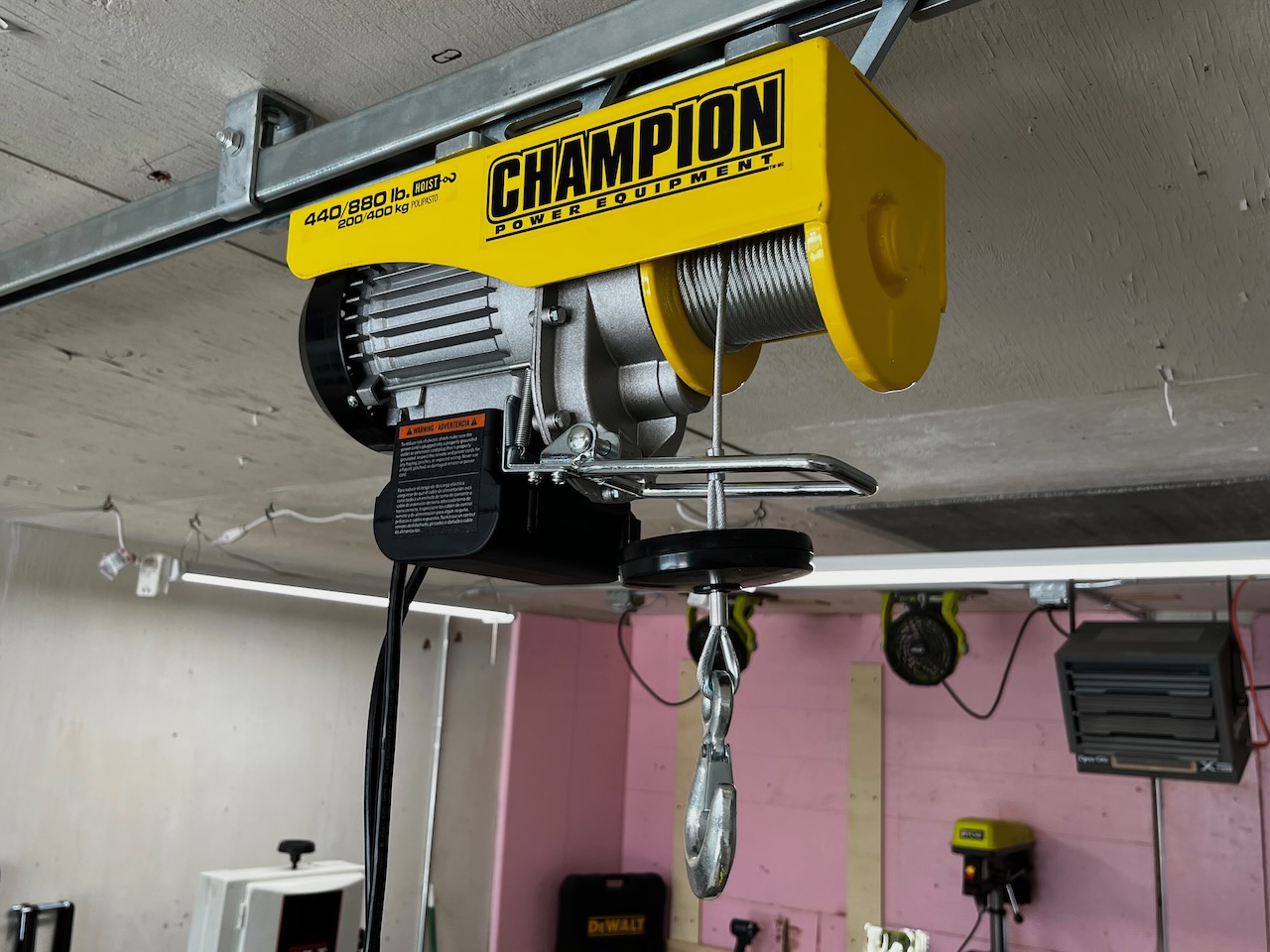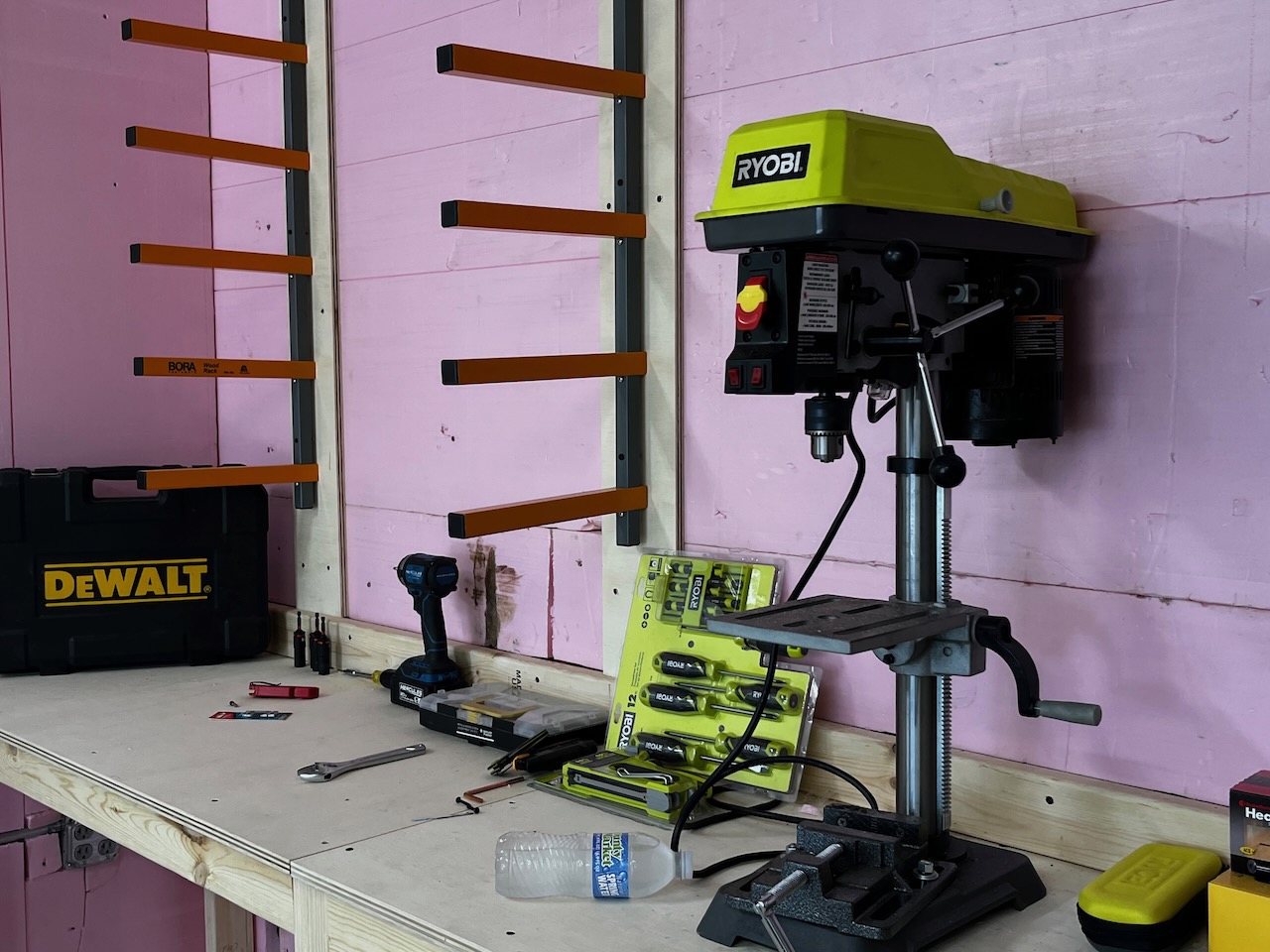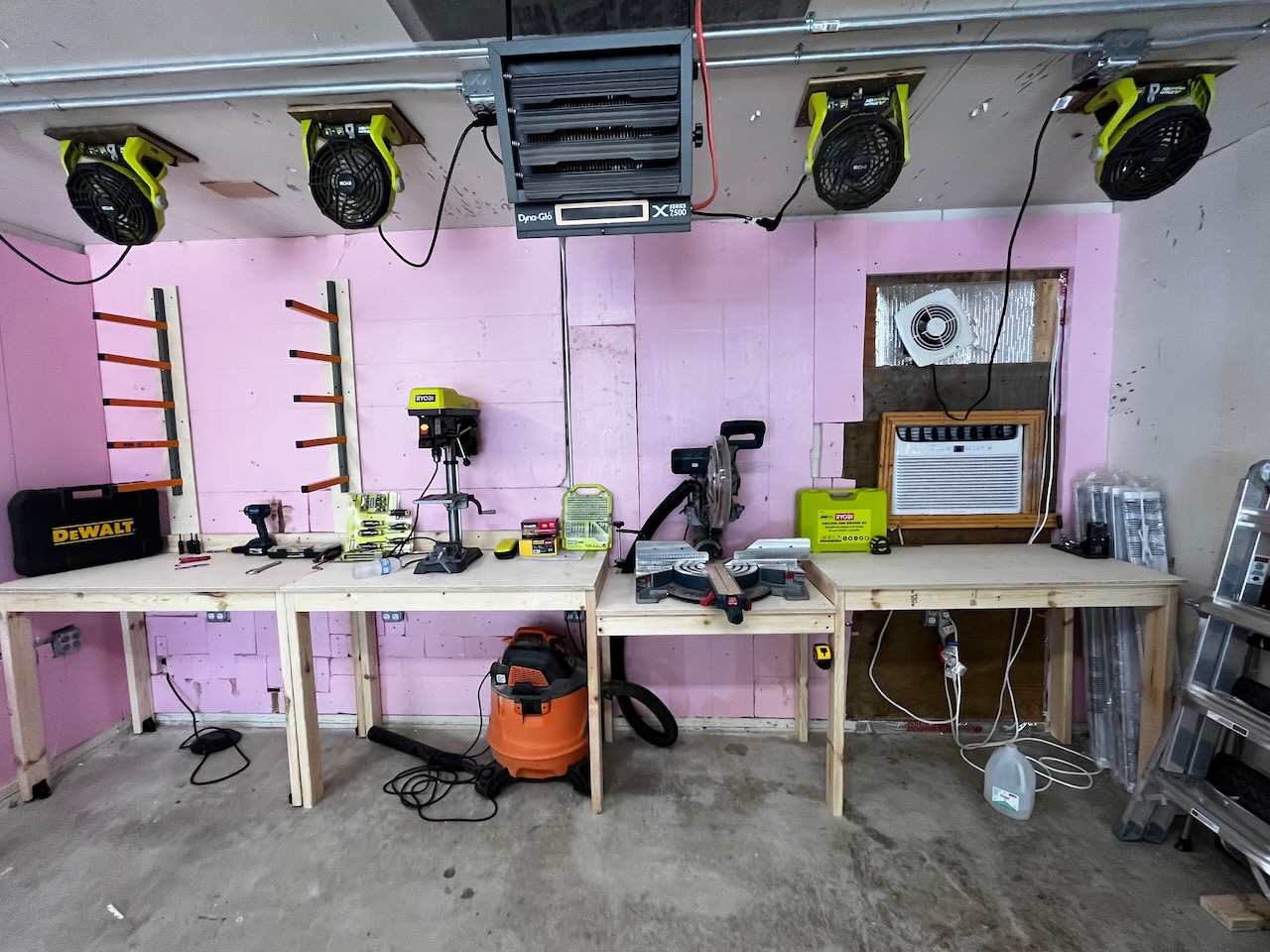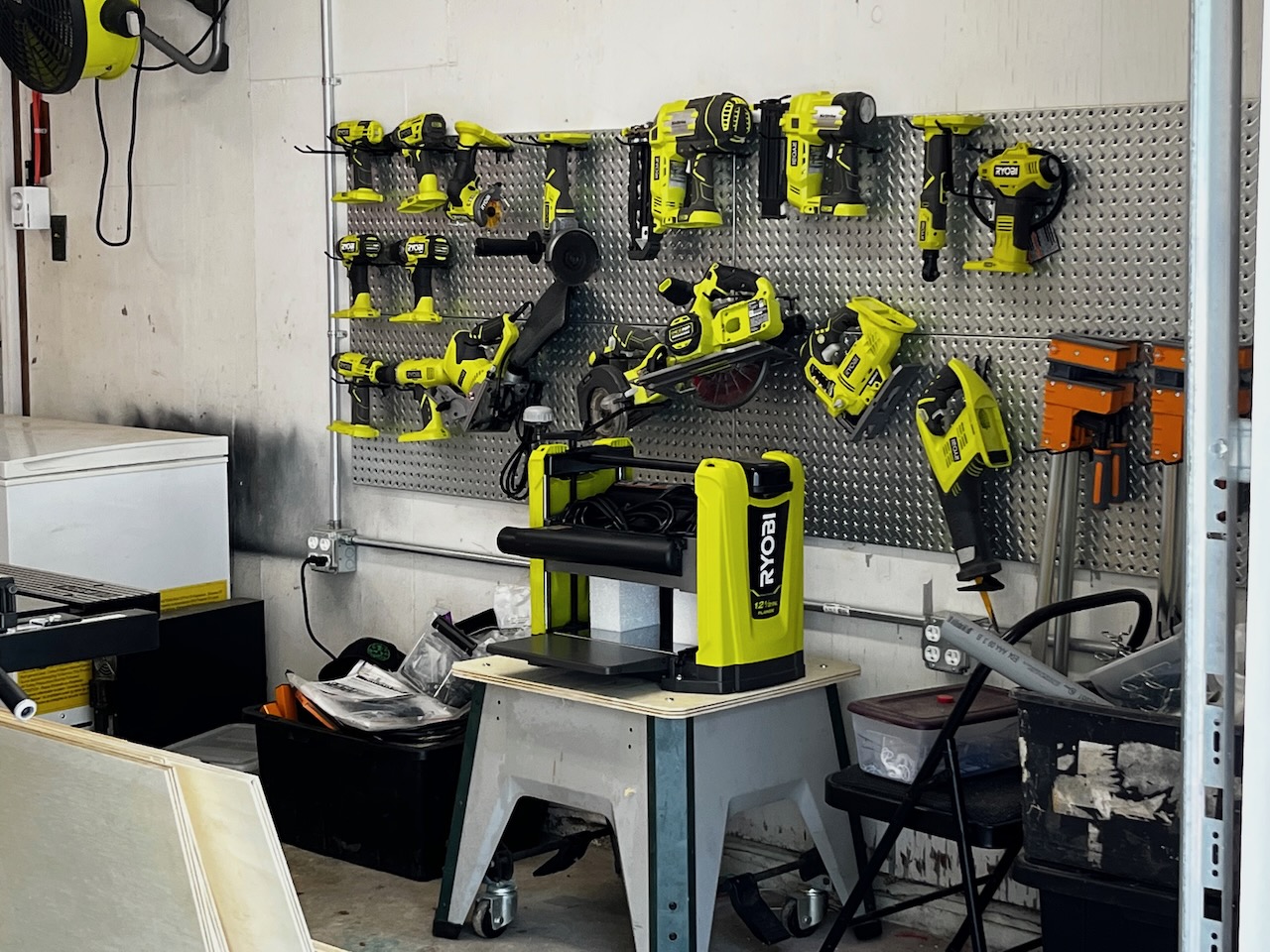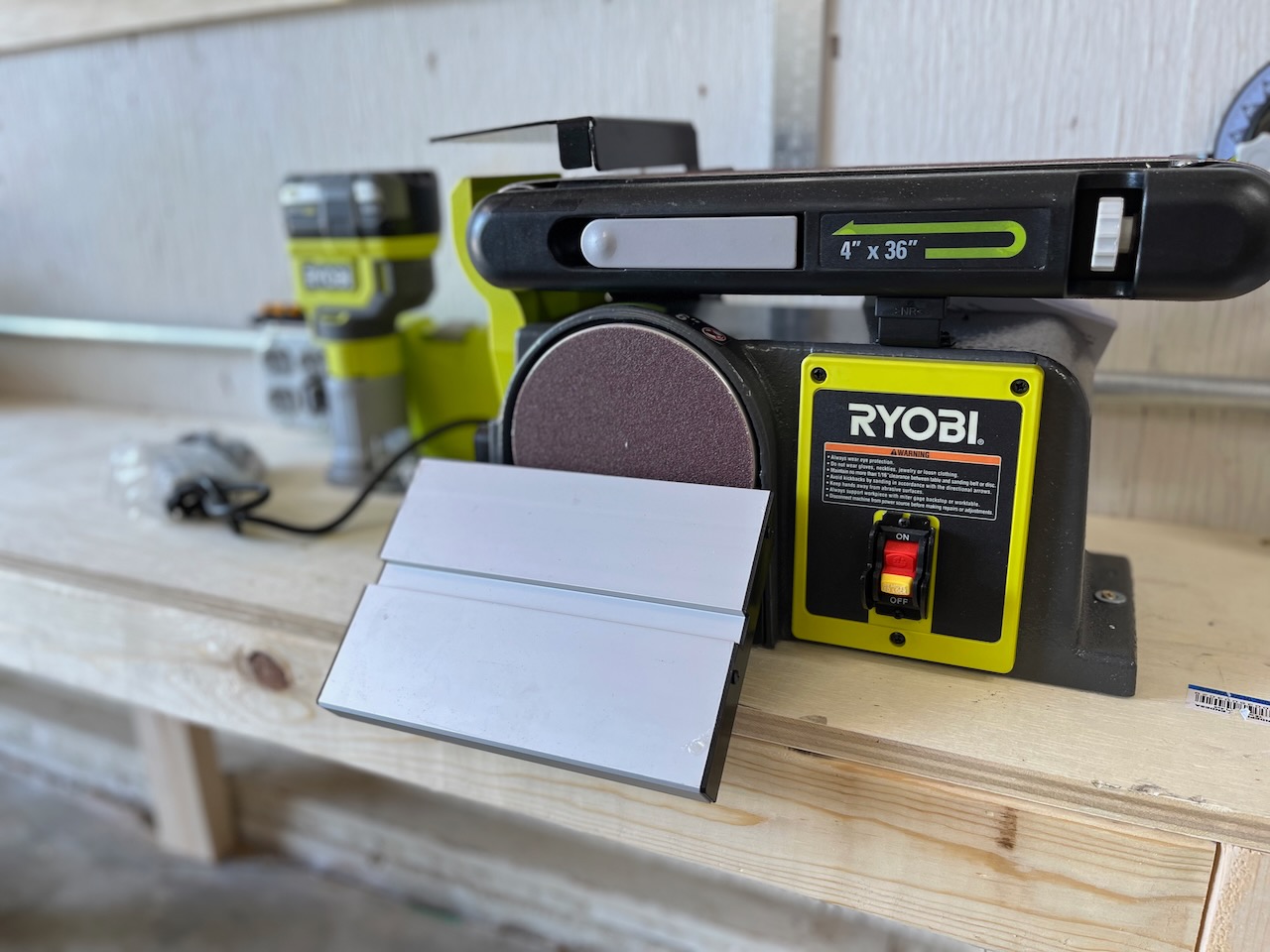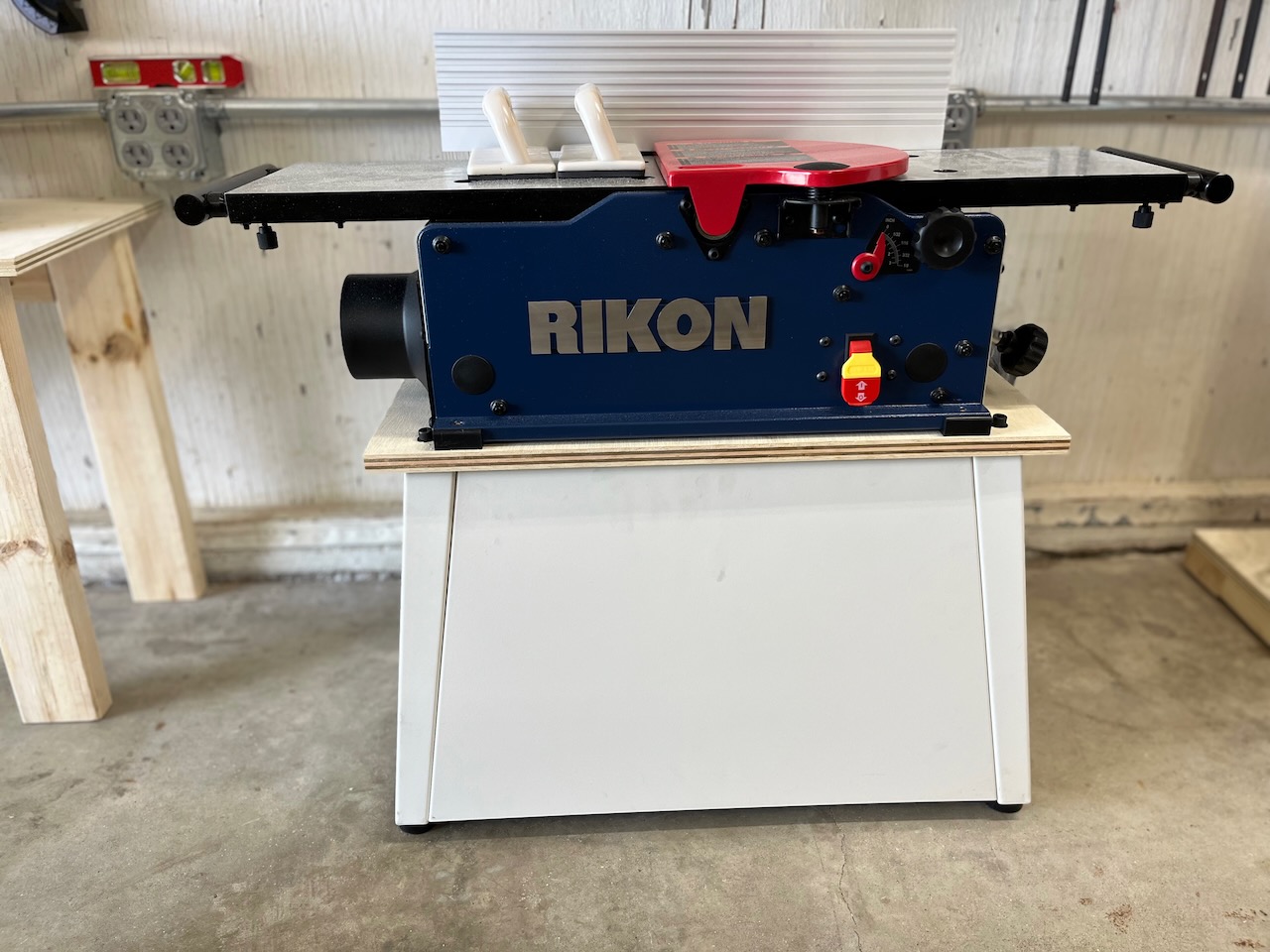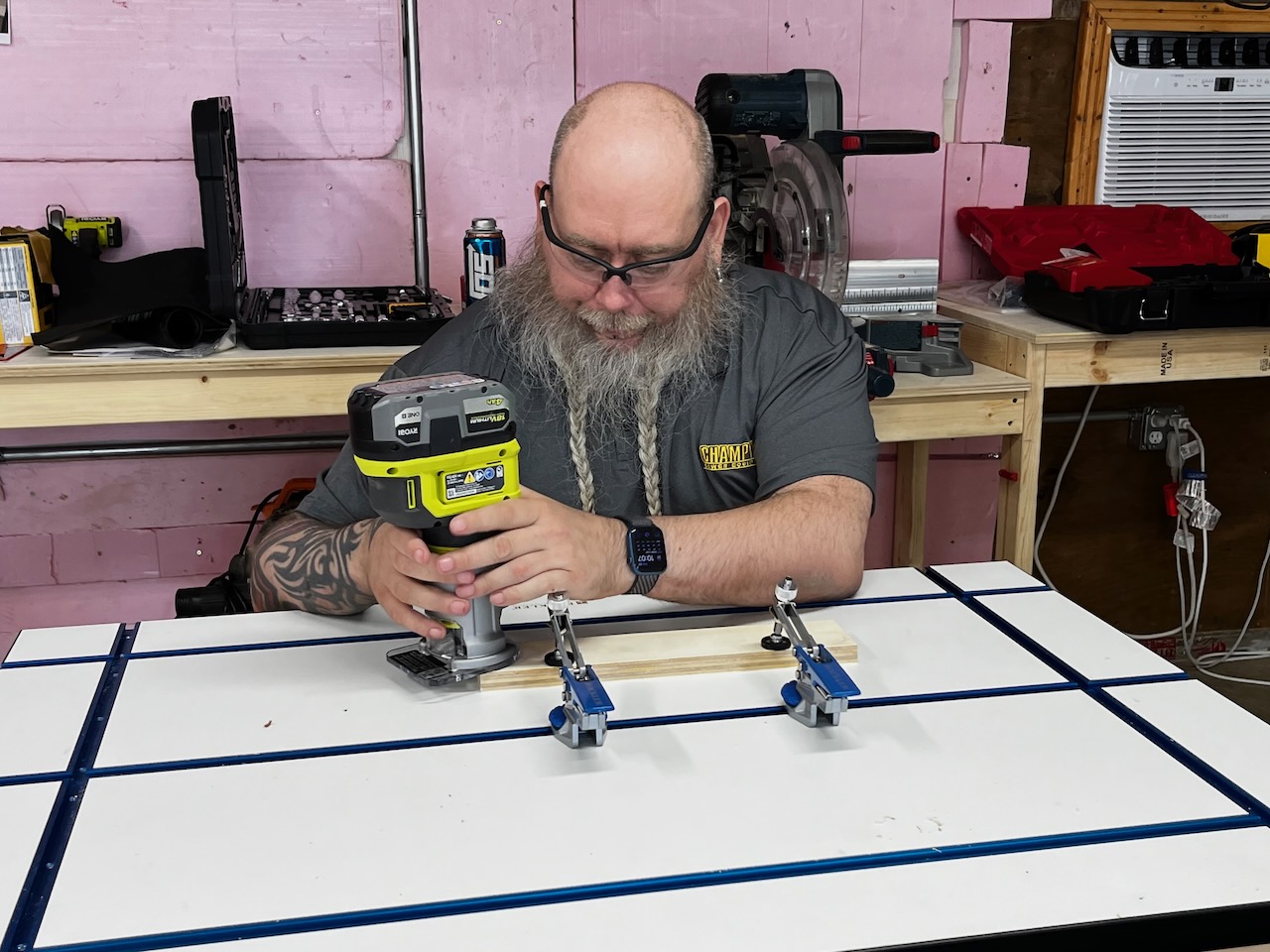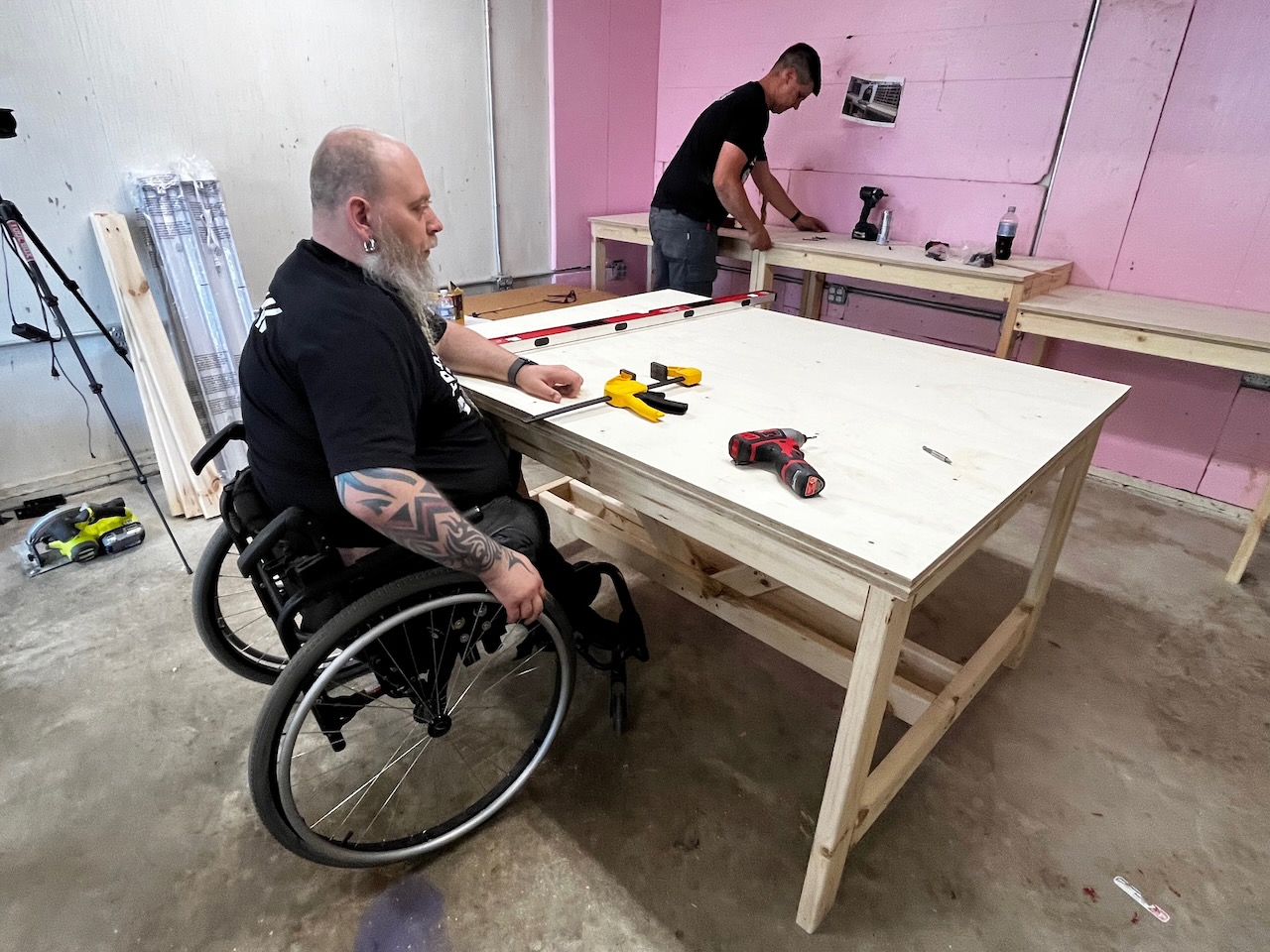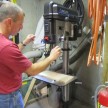Building A Wheelchair Accessible Workshop
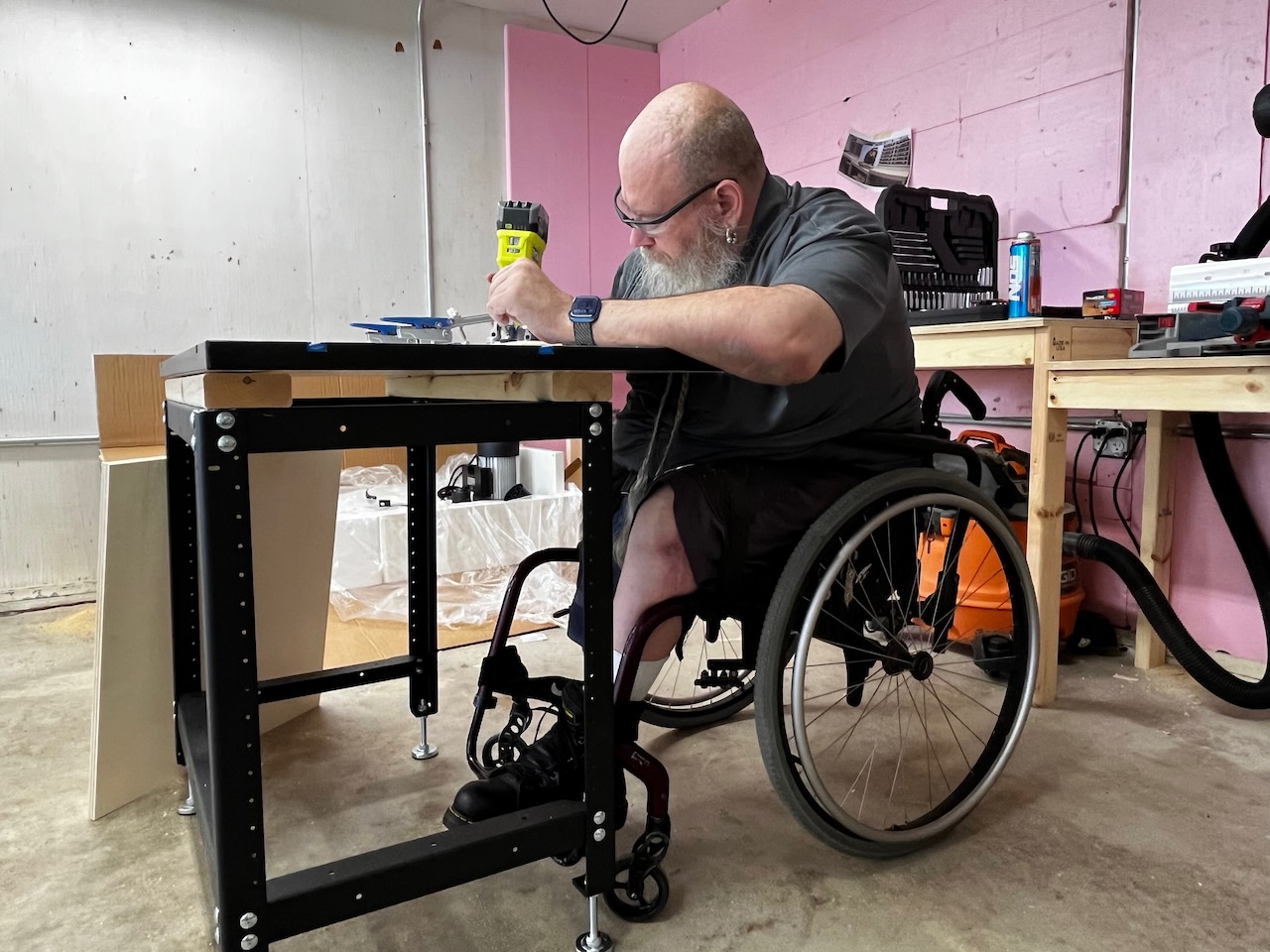
The Wheelchair Woodworker – Helping To Build A Dream WorkShop
Earlier this year, Jason McGee, a disabled yet hopeful woodworker from Sherman Illinois reached out to us for help and guidance in setting up a woodshop in his home garage. He’s a fan of ToolBoxBuzz and has been enjoying our YouTube channel and wanted to inquire if we ever got involved in charity work or know some folks who have. Due to a spinal injury in his teenage years, Jason was diagnosed as an incomplete quadriplegic and was expected to be bedridden for the remainder of his life. Jason has battled through many illnesses, surgeries and amputations but has emerged with the ability to use a manual wheelchair and the strong-willed attitude to go with it.
Jason is on a fixed SSDI Income currently but desires to set up his own woodworking business to further his independence. He asked us if we knew of any groups that might help people with disabilities acquire tools, equipment, or anything to help them get started.
Jason also explained that he also noticed no significant presence of disabled woodworkers on YouTube, and wanted to set up a shop and inspire people with disabilities that you aren’t limited by your disability, only by your ability and desire to adapt. Jason’s Youtube Channel: The Wheelchair Woodworker
Our Chance to Make a Difference |Wheelchair Accessible Workshop
Jason wanted to create and inspire. His email touched and inspired us and made us realize that being faced with a challenge is often the time when people are most inventive and when ingenuity and creativity thrive. We needed to use our skills, knowledge of tools, and tool company contacts to help him.
We reached out to a few industry connections to see if we could get Jason some tools and equipment. It soon became obvious that Jason needed more help than just tools, he needed someone to help him set up a wheelchair accessible workshop in his garage, so Jeff Dietz, Tool reviewer and Editor at Toolbox Buzz, and I agreed to fly out for 2 days to help him.
As a result of our tool donation requests, ACME Tools, Milwaukee, Ryobi, Home Depot, and Rockler all offered to help with tool donations and materials.\ ACME Tools is a tool distributor and they reached out to several different tool brands including DeWalt, Jet, and Rikon and were able to secure several thousands of dollars worth of workshop tools.
Wheelchair Accessible Workshop | Floor Plan Considerations
Jason’s garage is approximately 15 x 25, and our goal was to help him to make his shop wheelchair friendly. We spoke to Jason, researched, and learned some special requirements to help guide us in the shop design:
- Wheelchairs generally need 60″ of floor space to complete a 180°
- A 48” lane is needed for ambulatory persons and a wheelchair to pass one another.
- 40” of workspace space should be allowed between a workbench and a machine
- When planning for shop storage, the heights of tool tables, and workbench heights, Jason needed 28” minimum clearance to fit his chair underneath to get close.
Jason’s reach from his chair was variable and depended on the application, so we’d need to check each tool and situation.
Wheelchair Accessible Workshop | Design
Back in Boston, Jeff and I studied the tool donations, and their dimensions and started to work out rough ideas for Jason’s shop. We used the following guidelines:
- Workflow for Jason’s wheelchair
- Place tools sensibly and near workbenches.
- Design a centrally located assembly table, keeping clamps and assembly tools together.
- Place the outfeed table and table saw in a central location.
Day 1 In Jason’s | Wheelchair Accessible Woodworking Shop
Day 1 consisted of a meet and greet with Jason and his family, inventory of the tool donations and then rolling up our sleeves and getting things done. Knowing that the table saw is at the hub of the workshop, we started there first. A table saw needs free space in front of and behind the blade. This space needs to be the length of the longest board you’ll need to rip. To help Jason use his table saw we’d need to build him an outfeed table.
Day 2 in Jason’s Shop
The rest of the shop tools in Jason’s shop were situated along the garage wall perimeter, in a sensible manner that would allow easy workflow and minimal traveling between tool stations. We built shelves and tool stands combining tools together with their accessories and supporting tools needed for a particular shop task. [e.g., sander, sanding accessories, and joining machines on one bench]
See Related Articles:
- How To Plan A Workshop
- Building Modile Workbenches
- Designing a Small Workshop [Video 1 of 3 Series]
While continuing to design the wheelchair accessible workshop layout, we thought about and worked on placing the following shop stations:
- Assembly Tables
- Miter saw station – with 36″ wide by 28” high opening below for wheelchair access.
- Assembly table – with 36″ wide opening below for wheelchair access
- Clamping and Sanding Station using a Rockler T-Track assembly table
- Drill press
- Band saw
- Joiner
- Sanders
- Planer
- Router table – Rockler Pro Lift Fence
- Ceiling hoist
- Tool storage
- Material storage
Wheelchair Reach Limitations | Considerations
To make the tools easier for Jason to use, we made several custom-height work benches, and built tool bases at 28-30” working height in mind. Under some of the workbenches and at open wall spaces we built and installed simple open- shelving, and tool storage to allow easy access to cordless and hand tools.
Several tools including the Bandsaw, Jointer, and Planer were given custom mobile bases that could allow the tool to be moved around easily, while also accommodating a lower-than-standard working height.
Installing a Ceiling Hoist
Jason asked if we could help him install a ceiling hoist to move tools or machines in the shop. In the future, Jason would like to experiment with tree trunk carving and a hoist would allow him to get the stump onto an assembly table.
ACME Tools was able to secure a hoist donation from Champion Power Equipment. Home Depot supplied materials for the build and Jeff, and I purchased a hoist trolly system to build a ceiling-mounted trolly track for the Champion hoist. To be safe and add improved support we reinforced the ceiling joists by adding a 2×6 “strong-back” structural member in the attic above the joist.
The hoist track was constructed out of Uni-strut and suspended by threaded rods and hangers onto a double 2×12 beam in the attic.
Managing Materials and Storage | Accessible Workshop
A spot in the shop was designated for material storage. We mounted a BORA wood storage wall rack, on the wall for Jason to store wood stock. Sheet goods would lean against the wall for the time being. When purchasing and handling sheet goods, we suggested that Jason purchase sheets that are broken down into manageable sizes at the lumberyard or home center (often a free service). From there Jason could use his table saw, or use a track saw for cutting sheets down to part sizes.
Electrical and Lighting
For workshop lighting, electrical needs, and future dust collection and tools, Jason’s dad, a retired electrician, installed several separate 20 Amp wall outlets along the shop walls. The outlets were placed at a height that Jason could access easily. After the hoist was installed Jason’s dad would install new LED light strips at strategic locations and bring a 20-amp circuit to a power pole we installed at the table saw and router station. This power pole can also serve as a mounting surface for a future wall-mounted dust collector.
Jason told us that he easily overheats so he asked his dad to install an AC unit in the rear shop wall, and a bank of 4 Ryobi fans on the ceiling above the AC unit. He also installed a Ryobi Air Cannon at the assembly table area, to help keep him cool.
Workshop Dust Solutions in Accessible Shop
Our two days with Jason were limited, as were the tool donations. Other than using his dedicated shop vacs there was no real dust collection or air filtration plan. Jason will have to add these items later as he further develops his workshop. We published a video on Workshop Dust Solutions a few years back, and many of these solutions would be perfect for Jason.
The three biggest saw dust makers in the shop will be the table saw, planer, and miter saw, and Jason will need to address these in the future possibly with a small dust collector. If money were no object we recommend a large dust collector, like the JET DC 1200 Dust Collector, controlled by a remote control system [or low-mounted switch] that works with blast gates or is at least attached to the biggest dust collectors. Additionally an air filtration system in the ceiling as well.
We connected his miter saw to a Ridgid shop vac and showed Jason some ideas for purchasing an inexpensive “I-Socket Auto Switch,” that would turn on a vacuum when a miter saw was turned on. This “powered switch,” costs approximately $50.00 and can be set up with a dedicated shop vacuum as an inexpensive dust collector system.
We also suggested that Jason dedicate at least one smaller vacuum connected to a flexible hose and his cordless sander station to capture fine dust created by his sander. Any of the units we tested in our Best Dust Extractor would work fine. However, right now a broom, dustpan, or shop vac will l have to do.
Jason’s Plans for The Future
Jason would like to continue to organize and build out his shop as he uses it. He would like to start building bat houses to sell on ETSY to help him supplement his SSDI income. From there he hopes to expand into other projects like furniture, and carvings. He created a Youtube channel, The Wheelchair Woodworker, and plans to build it out in the future.
At the end of Day 2, we left Jason with the tools and a basic workshop set up to help him get started on his woodworking journey.
Special Thanks for the Tool Donations
Special thanks to ACME Tools, [Zach Roed] Ryobi Power Tools, [ Jess Wright] Home Depot [Manager Patrick Towey] Milwaukee Tools, [Kelly Blasi] Rockler, [Megan Powell] Champion Power Equipment, Dewalt, Bora, and Stanley for their tool donations. Without their help, we would not have been able to set Jason up as well as we did.
Accessible Workshop Build | VIDEO



